Category: Publikasjon
Chemical weapons and the Responsibility of Chemists
![]()
Recent week’s events in Syria and UK have again taken chemical weapons to the headlines. Many will know about the central role that OPCW (Organisation for the Prohibition of Chemical Weapons, Nobel Peace Prize laureate in 2013 ) plays in overseeing the implementation of and adherence to the Chemical Weapons Convention (CWC, Convention on the Prohibition of the Development, Production, Stockpiling and Use of Chemical Weapons and on their Destruction.)
Professor Leiv Kr. Sydnes at our department has released an insightful comment on the various claims appearing the mass media, the difficulties in tracing the origins of a specific sample of a chemical, and what it would take to curb further production of chemical weapons. Please consult his Nature Comment here. Quoting, Research chemists, especially in universities, should work to raise awareness of the chemical challenges related to the CWC. A first step would be to make the convention mandatory reading for all chemistry students. Second, OPCW educational material should be used in university courses. Third, The Hague Ethical Guidelines should be used to improve the ethical framework of the chemical profession.[Sydnes, Nature 556, 293-295 (2018)]
Professor Sydnes has contributed strongly to the work of OPCW through twice chairing the revision of the CWC, mandatory to take place every five years. He reflects on this work in an interview with På Høyden (in Norwegian) here.
Profilering av NMR og NNP i På høyden
Sjå artikkel her!
Populært om vegen frå mikroalgar til polymerar
I desse søknadstider k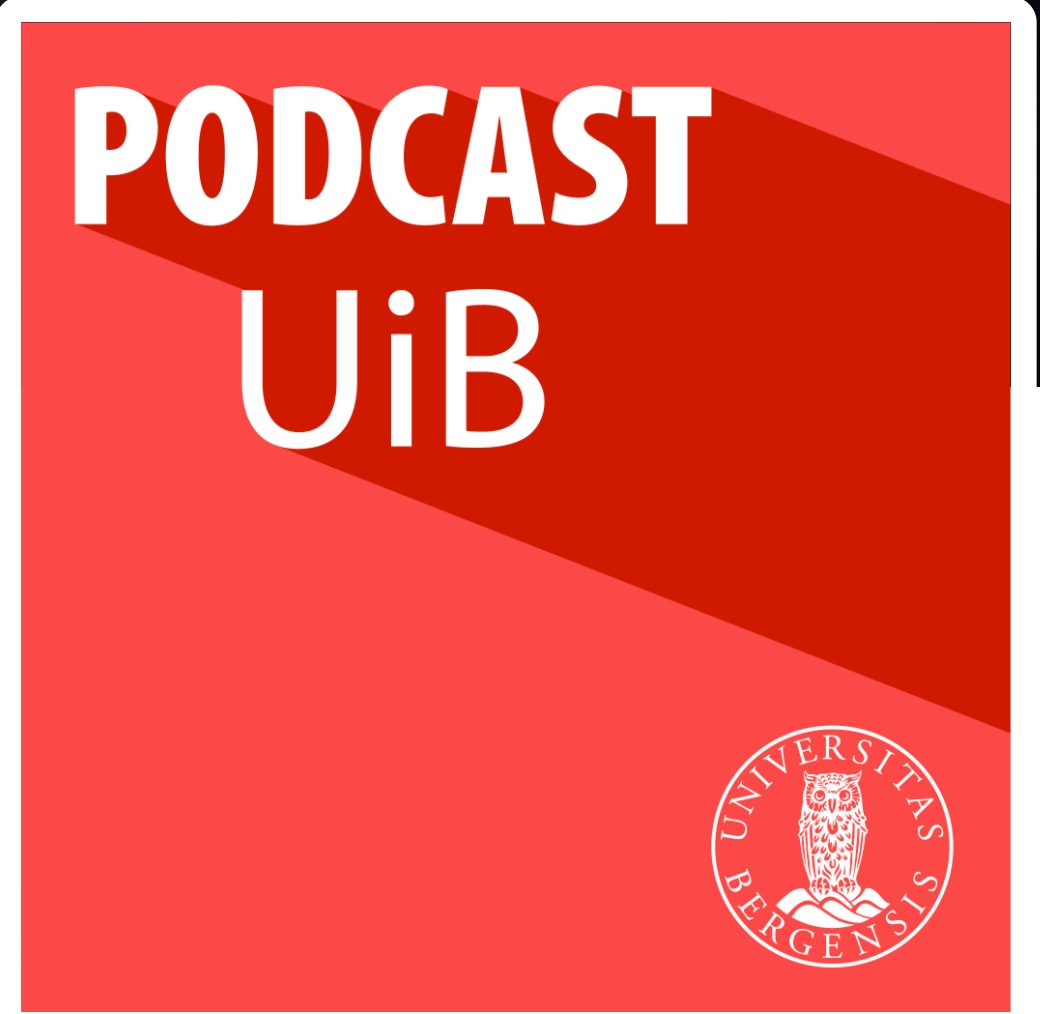 an det vere interessant å orientere seg i forhald til ulike kanalar for å formidle vitskap – antan det er til ekspertar eller populærvitskapleg formidling. Eit døme på det siste kan du finne i denne lydmontasjen ( podcast), kor Vidar Jensen gir ei enkel innføring i Idélab-prosjektet sitt. Dersom du også vil ha bilete til forteljinga, kan du ta nettlesaren hit.
an det vere interessant å orientere seg i forhald til ulike kanalar for å formidle vitskap – antan det er til ekspertar eller populærvitskapleg formidling. Eit døme på det siste kan du finne i denne lydmontasjen ( podcast), kor Vidar Jensen gir ei enkel innføring i Idélab-prosjektet sitt. Dersom du også vil ha bilete til forteljinga, kan du ta nettlesaren hit.
Watch carbondioxide fill the pore as the temperature drops
Carbon capture technologies are expected to play an important contribution in the efforts to reduce the environmental impact of the use of fossil fuels. One approach to remove carbon dioxide from gas mixtures is its adsorption on nanoporous materials, such as zeolites and metal-organic frameworks. 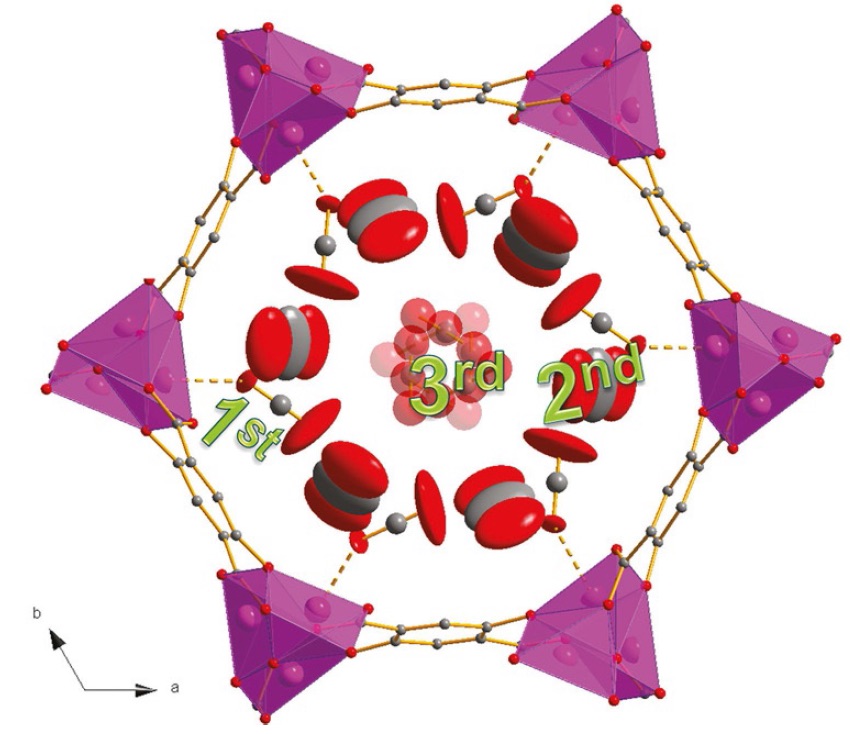 Among the latter, the CPO-27 series of compounds has been widely investigated because of its extraordinary properties for capturing carbon dioxide. Now, using the state-of-the-art equipment available at the Swiss-Norwegian Beamlines (SNBL) at the European Synchrotron Radiation Facility (ESRF), Pascal Dietzel and his team from have investigated with unprecedented time resolution how carbon dioxide is incorporated into the crystal structure of the host framework. Read the full paper here or just watch a video of the CO2 molecules occupying their crystallographic positions as a function of temperature.
Among the latter, the CPO-27 series of compounds has been widely investigated because of its extraordinary properties for capturing carbon dioxide. Now, using the state-of-the-art equipment available at the Swiss-Norwegian Beamlines (SNBL) at the European Synchrotron Radiation Facility (ESRF), Pascal Dietzel and his team from have investigated with unprecedented time resolution how carbon dioxide is incorporated into the crystal structure of the host framework. Read the full paper here or just watch a video of the CO2 molecules occupying their crystallographic positions as a function of temperature.
Salmon in the NMR tube
Applying NMR spectroscopy and Magnetic Resonance Imaging, researchers at our department (Christian Totland, John Georg Seland and Willy Nerdal) and at Høgskulen på Vestlandet (Signe Steinkopf) document how reduction in marine omega-3 in farmed salmon affects salmon fillet features, right down at the molecular level. The study shows that carbon magnetic resonance spectroscopy direct on the fish meat can quantify the most relevant fatty acids within 40 minutes without the use of chemicals such as chloroform. In 1990, omega-3 in farmed salmon was predominantly marine fatty acids while there are now roughly equal levels of omega-3 from plants and marine sources.  MR images show differences in texture between wild and farmed salmon, where wild salmon have narrower lines of fat tissue compared to farmed salmon. In addition, the muscle tissue of farmed salmon shows buildup of fat, known as marbled fat. The softer consistency of farmed salmon can be viewed in conjunction with fat profile.
MR images show differences in texture between wild and farmed salmon, where wild salmon have narrower lines of fat tissue compared to farmed salmon. In addition, the muscle tissue of farmed salmon shows buildup of fat, known as marbled fat. The softer consistency of farmed salmon can be viewed in conjunction with fat profile.
MOF@Bergen receives recognition
 In the past 20 years, metal-organic frameworks (MOFs) have become one of the most active areas of research within inorganic chemistry. EurJIC is acknowledging the rapid development with a Cluster Issue on «MOFs Heading Towards Application». Our own Pascal Dietzel and Hiroshi Kitagawa from the University of Kyoto are guest-editing this issue, which contains more than thirty papers spanning the breadth of current activities in the leading research groups in the field.
In the past 20 years, metal-organic frameworks (MOFs) have become one of the most active areas of research within inorganic chemistry. EurJIC is acknowledging the rapid development with a Cluster Issue on «MOFs Heading Towards Application». Our own Pascal Dietzel and Hiroshi Kitagawa from the University of Kyoto are guest-editing this issue, which contains more than thirty papers spanning the breadth of current activities in the leading research groups in the field.
Kvalheim featuring Chenchen’s thesis on regional television!
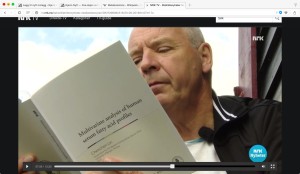 As many will know, Chenchen Lin successfully defended her PhD thesis last week. Her work forms part of the research effort of professor Kvalheim and coworkers, within metabolomics. An important application is within the treatment of obesity, and Chenchen’s findings in this respect were recently featured in Vestlandsrevyen!
As many will know, Chenchen Lin successfully defended her PhD thesis last week. Her work forms part of the research effort of professor Kvalheim and coworkers, within metabolomics. An important application is within the treatment of obesity, and Chenchen’s findings in this respect were recently featured in Vestlandsrevyen!
Pub-galleri!
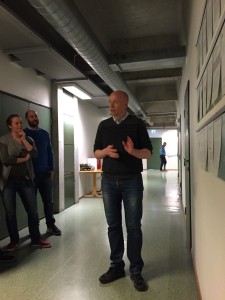
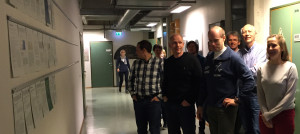 Kjemisk institutt sitt nye publikasjonsgalleri blei i dag høgtideleg opna av nestleiar Haug i nærver av mange interesserte kollegaer (Takk for oppmøtet :-)!
Kjemisk institutt sitt nye publikasjonsgalleri blei i dag høgtideleg opna av nestleiar Haug i nærver av mange interesserte kollegaer (Takk for oppmøtet :-)!
Her vil du få eit overblikk over forskningstema ved instituttet og samstundes kunne følgje utviklinga i den vitskaplege produksjonen vår.
Galleriet vil bli komplettert med fleire artiklar så snart underteikna mottek dei (i form av pdf) frå forfattarane. Artiklane må ha sidetal og volumnummer før dei blir hengt opp. Og ja: vi arbeider med å få på plass betre lyssetting.
Ole Johan hits the front page!
![Juvik 2016 Phytochemistry Reviews 15 161-195[1]](http://kjeminytt.w.uib.no/files/2016/03/Juvik-2016-Phytochemistry-Reviews-15-161-1951-220x300.jpg)
Congrats to Ole Johan and his co-authors for making it to the front page with their paper on Growing with dinosaurs: natural products from the Cretaceous relict Metasequoia glyptostroboides Hu & Cheng—a molecular reservoir from the ancient world with potential in modern medicine. Ole Johan Juvik, Xuan Hong Thy Nguyen, Heidi Lie Andersen & Torgils Fossen, Phytochem Rev (2016) 15:161-195. DOI 10.1007/s11101-015-9395-3